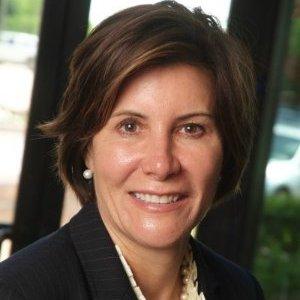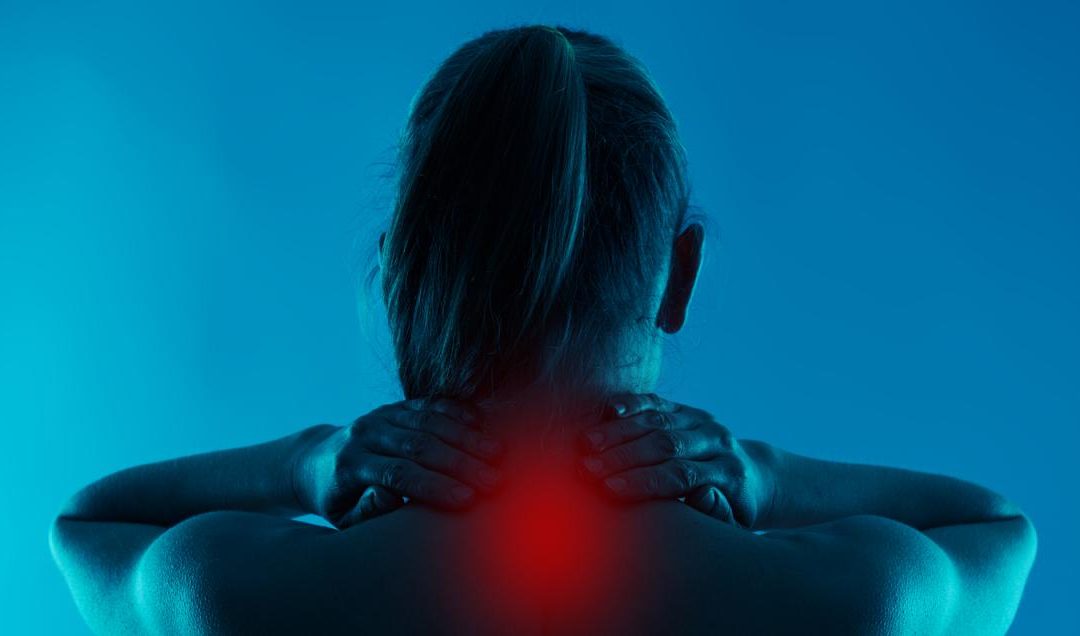Granite Bay startup launches solution to help solve the opioid crisis
(Published in Comstock’s Magazine)
The opioid crisis was born in the late 1990s. Pharmaceutical companies said opioids — a class of drugs that produce pleasurable effects and relieve pain — weren’t addicting. Healthcare providers prescribed more of them. Twenty years later, we’re in the throes of an epidemic.
Just how bad is it? Most of the drug deaths in the U.S. involve an opioid. More than half a million people died from drug overdoses from 2000 to 2015. And 91 Americans die every day from an opioid overdose (including prescription drugs and heroin).
Looking at these numbers from the Centers for Disease Control and Prevention, one might blame physicians. Brenda Hopkins doesn’t go there.
“It isn’t that they’re doing it intentionally to get people addicted, but they don’t have time or understanding to treat the patients’ pain,” she says. “We know, as clinicians, that you can prescribe other things besides medicine.”
As a nurse, Hopkins says she saw an overwhelming number of people admitted to emergency rooms and deaths from overdose. She says she had physician friends who, despite their good intentions, were part of the problem. Hopkins believed she could support care teams with technology beyond the hospital.

That philosophy is the basis of Wyllness, a Granite Bay-based startup co-founded by Hopkins that takes a multidisciplinary approach to chronic pain management. Other high-tech solutions have emerged in recent years, such as a wearable devicefrom startup SPR Therapeutics, which uses electrical pulses to zap pain on the spot. Wyllness (pronounced like wellness, with the y representing a reminder to “ask questions for better health”) takes a broader viewpoint with a software solution that collects and analyzes data from patients and integrated wearable sensors. This data is sent to the healthcare provider in real-time, so caregivers can then offer personalized recommendations and treatment plans beyond addictive pain meds.
For example, a patient dealing with a chronic headache would access the platform, choose their level of pain (a 1-10 scale) and share how much the pain is impacting daily life. The caregiver receives this information, along with data from sensors that keeps track of the patient’s physical activity, sleep and other biometrics.
Receiving this data, a healthcare provider can offer alternative management options, such as behavioral cognitive therapy, yoga, massage, acupuncture or even alternative non-narcotic, non-addictive medication, Hopkins says. Through the Wyllness app, available on Apple and Android, the provider can also send notifications and reminders to patients to support them during the course of treatment. This holistic strategy also takes pain beyond its one-dimensional definition, Hopkins says.
“Pain isn’t always physical,” she says. “There’s emotional and psychological pain. It could be depression, heartbreak from the loss of a family member.”
To test the platform, the Wyllness team has been conducting pilot studies. For the first one, about 300 patients through medical groups in Northern California and Germany used the software for six months. The team monitored the outcomes, tracked activities by syncing the app to patients’ Fitbits and Apple Watches. The platform houses all the data, along with information within medical records. According to Hopkins, the study’s results showed opioid prescription down 32 percent, and patient satisfaction with pain treatment up 51 percent.
“The problem is with the over-reliance by physicians of prescribing meds because they don’t have the data or analytics to provide a better solution,” says Richard Diamond, who advises Wyllness and is CEO of AI & Chatbot News, which provides tools for businesses looking to deploy AI solutions. “Most patients don’t want to stay on pain meds. The Wyllness platform gives physicians the ability to better manage or put them in a better place to help alleviate pain, not just acute, but long-term.”
So far, Wyllness has raised a half a million dollars, with the next round aiming for $2 million to put toward product and sales, Hopkins says. There are three full-time people on the team, and Wyllness has contracts with developers. In the first quarter of 2018, Wyllness plans to release its next version, the 2.0 model. It will support more in-depth engagement with the patient. Clinicians, workers compensation organizations and insurance companies will also be able to bill for its use, under Obamacare.
There are, however, some kinks to work out in the meantime, including the issue of making sure patients track their data. Out of 300 in the first pilot study, about a fourth rarely used the platform or had technical difficulties, Hopkins says. Finding dedicated patients upfront is also important. One strategy is that Wyllness is negotiating with insurance companies to offer better rates for people who take care of themselves, not relying on the doctor to do everything. Also, on the technological front, some of the sensor data wasn’t always reliable. Apple and Fitbit measurements didn’t always match up, so the 2.0 version will address those problems.
“The focus has been heavily on the development of the product, finding the right engineering group to bring together disparate areas of data,” Hopkins says. “The data has to flow seamlessly.”
Do you know an entrepreneur who has what it takes? Recommend their company for our “Startup of the Month” here.


Recent Comments